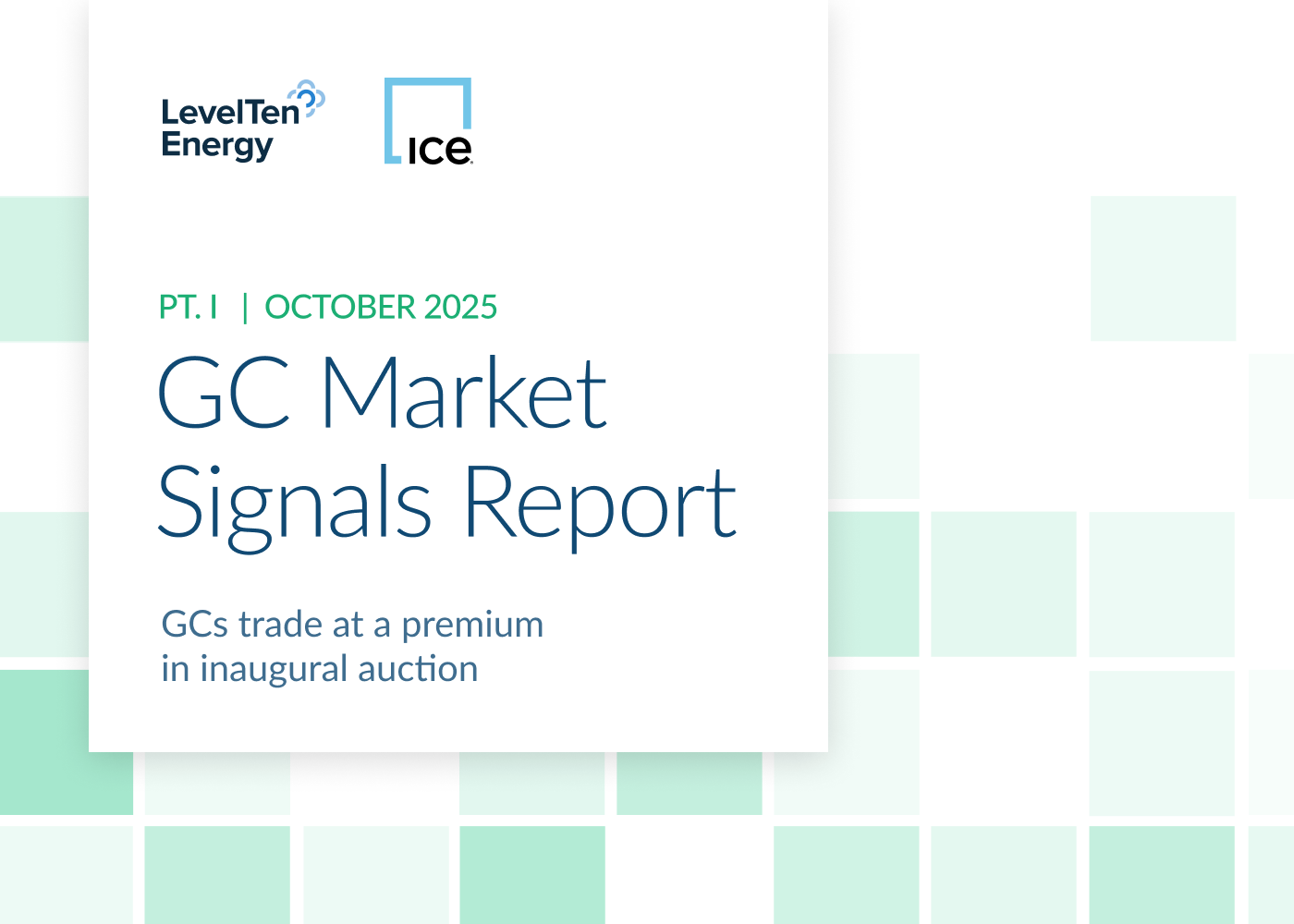US renewables developers have been working through one of the biggest pressure tests of the decade since the passing of the One Big Beautiful Bill Act (OBBBA) in July.
With massive changes to tax credit eligibility and new compliance constraints, developers have been racing to adjust their pipelines, secure safe-harbor status where possible, and rethink which projects can realistically reach operation before the end of the decade.
Against this backdrop, many fundamental questions have emerged across the market. How much near-term supply is truly tax-credit eligible? How quickly are developers shifting toward hybrid projects and storage? And how much development risk — permitting, interconnection, FEOC exposure — still stands between today’s pipelines and tomorrow’s operational projects?
To bring clarity to this moment, LevelTen surveyed US developers representing more than 200 GW of planned capacity. Their responses form the basis of our new Q4 2025 US Clean Energy Pipeline Report, the first quantitative look at how developers are navigating post-OBBBA uncertainty and reshaping their build-out strategies.
The report sheds light on:
- Where safe-harbored supply is concentrated, and how that changes after 2028
- How developers are rebalancing wind, solar, storage, and hybrid pipelines
- The tax credit strategies gaining traction — and those losing ground
- How FEOC guidance, tariffs, and rising costs are influencing development decisions
- Where developers see their greenfield activity shifting in the years ahead
The executive summary distills the biggest patterns shaping the next wave of US project development, and the full report provides a detailed breakdown of pipeline composition, safe-harbor strategies, technology trends, and developer sentiment on risk and opportunity.
Download the free Executive Summary below, or reach out to access the complete report.
If you have questions about the report or how to apply its insights to your clean energy needs, contact us at info@leveltenenergy.com.





